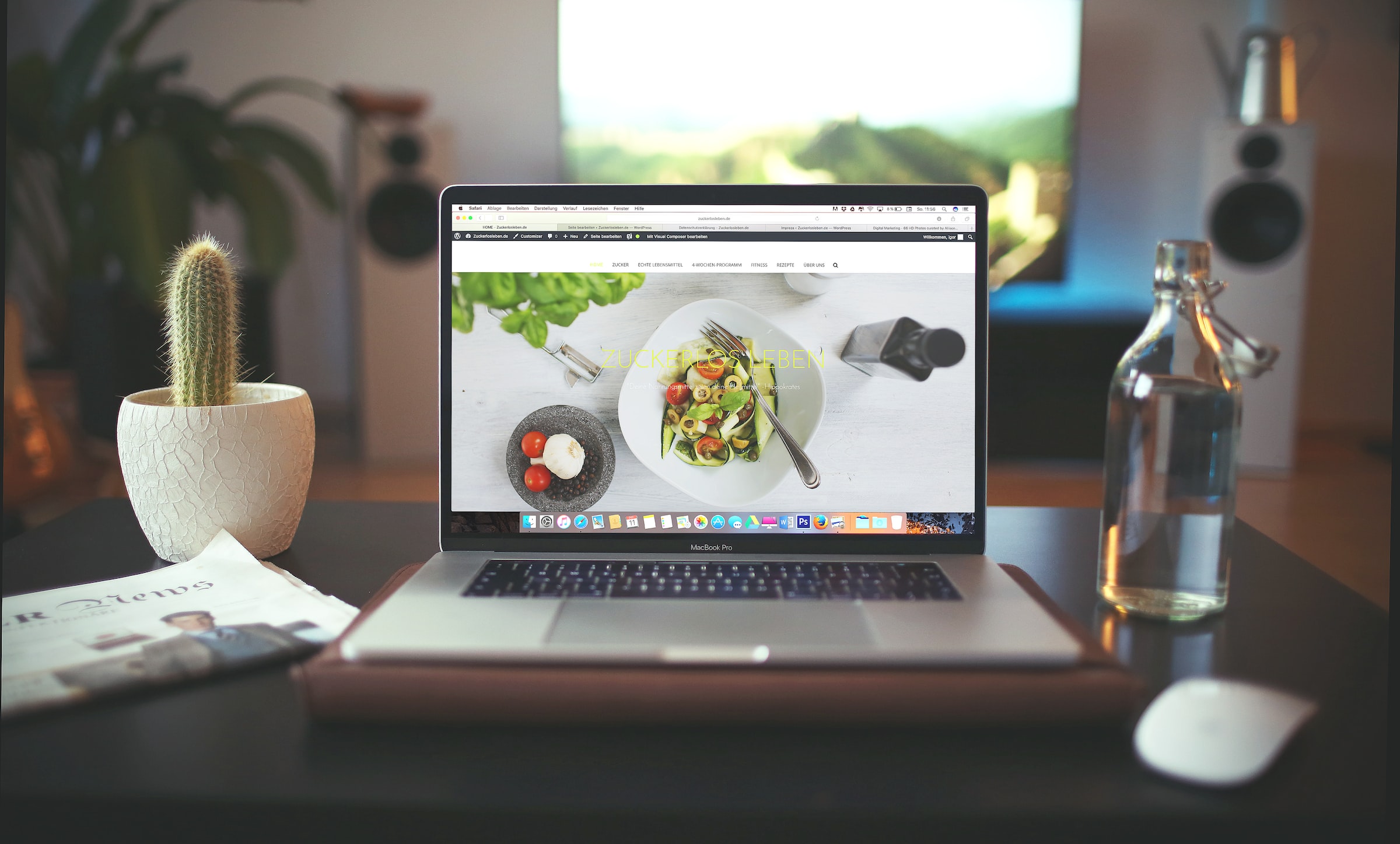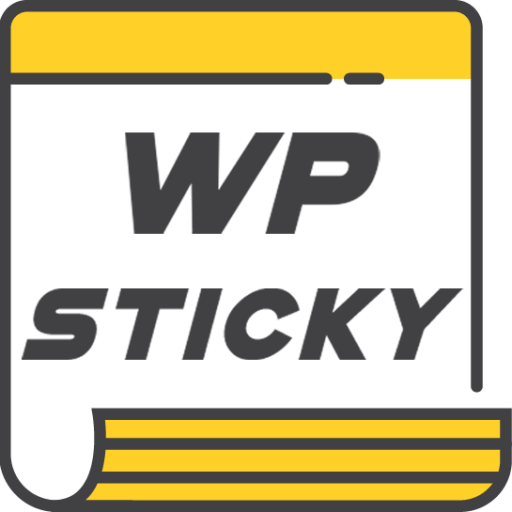Images play a crucial role in the design and functionality of a website. They can add visual interest, convey information, and improve user experience. But, not all image file formats are created equal. Some are better suited for different purposes.

So choosing the right one can have a significant impact on the performance, appearance, and accessibility of your website. In this article, we’ll cover the most common image file formats used for websites.
We also discuss their advantages and disadvantages, so you can make an informed decision about which format to use for your next project.
JPEG (Joint Photographic Experts Group)
JPEG is one of the most popular image file formats for websites, and for good reason. It’s a lossy format, meaning that it compresses image data to reduce file size. This makes it ideal for photos and images with many colors and intricate details.
They can produce high-quality images while keeping file sizes manageable. But, JPEG compression can result in some loss of image quality if the image is compressed many times or if the level is set too high. Additionally, JPEG does not support transparency. So, it’s not the best choice for images with transparent backgrounds.
PNG (Portable Network Graphics)
PNG is another common image file format for a website banner template, and it’s often used as an alternative to JPEG. Unlike JPEG, PNG is a lossless format, which means that it does not compromise image quality when reducing file size.
This makes it ideal for images with text, graphics, and other types of flat graphics. PNG also supports transparency, which makes it a great choice for logos, icons, and other images that need to blend into their backgrounds.
But, because of its lossless compression, PNG files can be much larger in size compared to JPEGs, which can slow down your website’s load times.
GIF (Graphics Interchange Format)
GIF is an older image file format that’s still often used on the web. It’s best known for its ability to animate simple images and graphics, which can make them a fun and engaging addition to your website.
Although, GIFs have limited color depth, which means that they are not suitable for photographs or image files with fine details. They also don’t support transparency, which can make them look out of place if used on a website design with a complex background.
SVG (Scalable Vector Graphics)

SVG is a vector-based image format that is fast becoming a popular choice for websites. Unlike raster images, which are made up of pixels, SVGs are made up of paths and shapes, which makes them scalable without losing quality.
This means that you can display SVGs at any size without them becoming blurry or pixelated, which is particularly useful for logos and icons. SVGs are also lightweight and fast to load, which makes them a great choice for website images that need to be displayed often on your website.
They also support transparency and animation. This makes them versatile and flexible.
Best Image File Formats
Choosing the right image file format for your website can be a challenge. But it’s an important decision that can have a big impact on your website’s performance, appearance, and accessibility.
So make sure to understand the advantages and disadvantages of all image file formats. By doing so, you can make an informed choice that meets your needs and enhances your user experience.
If you want more tips and guides, be sure to visit our blog today!
